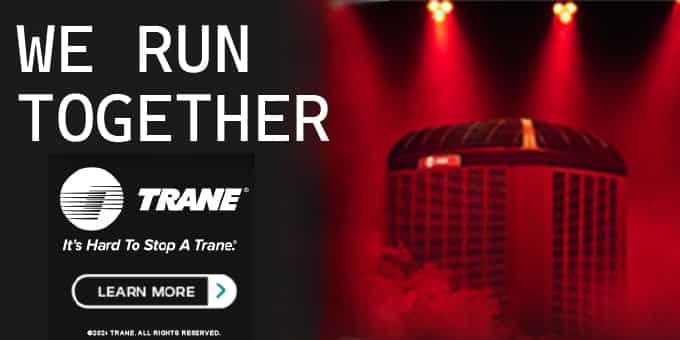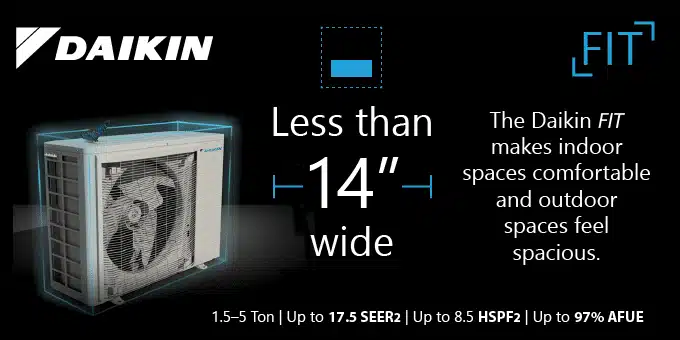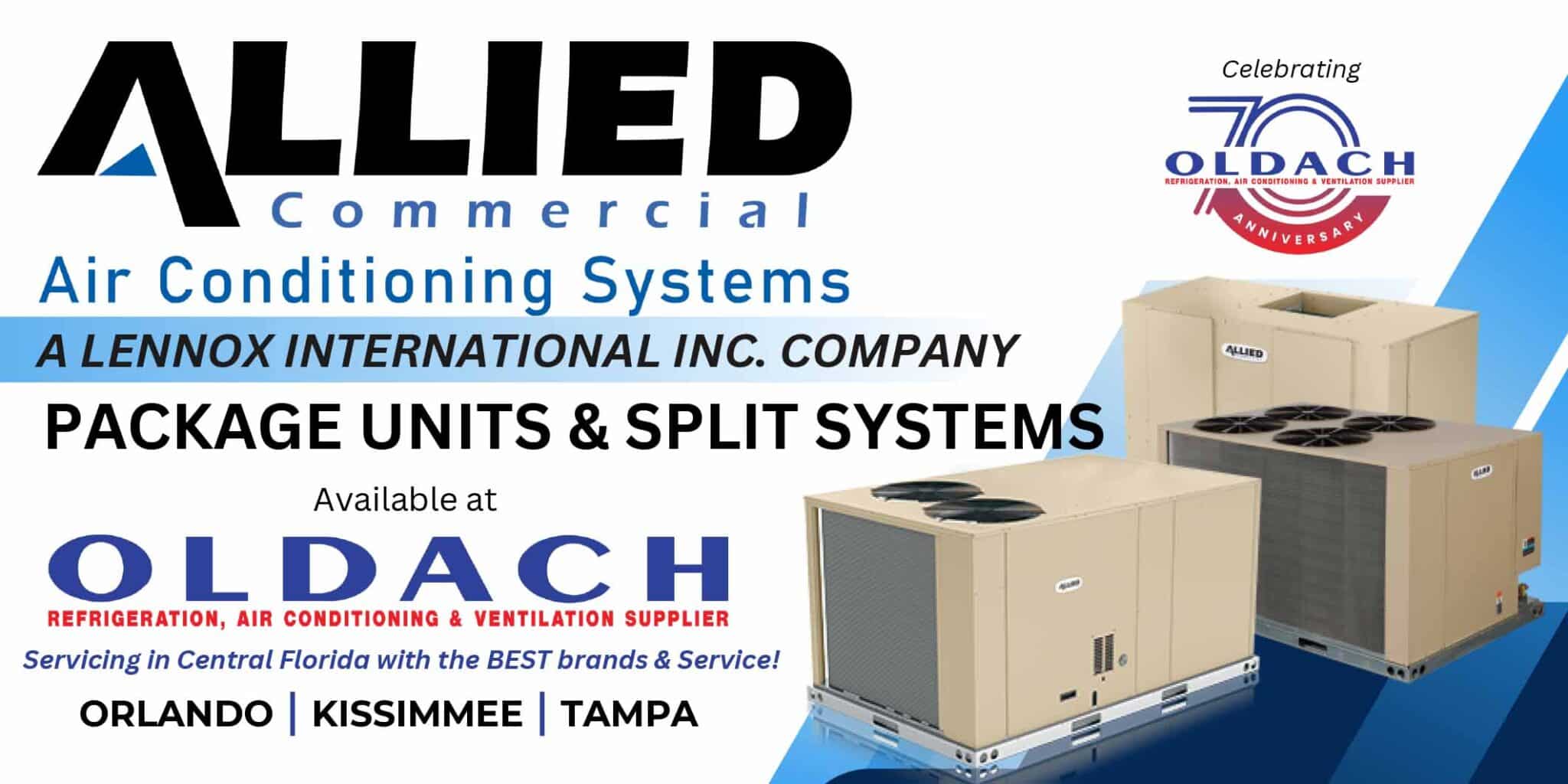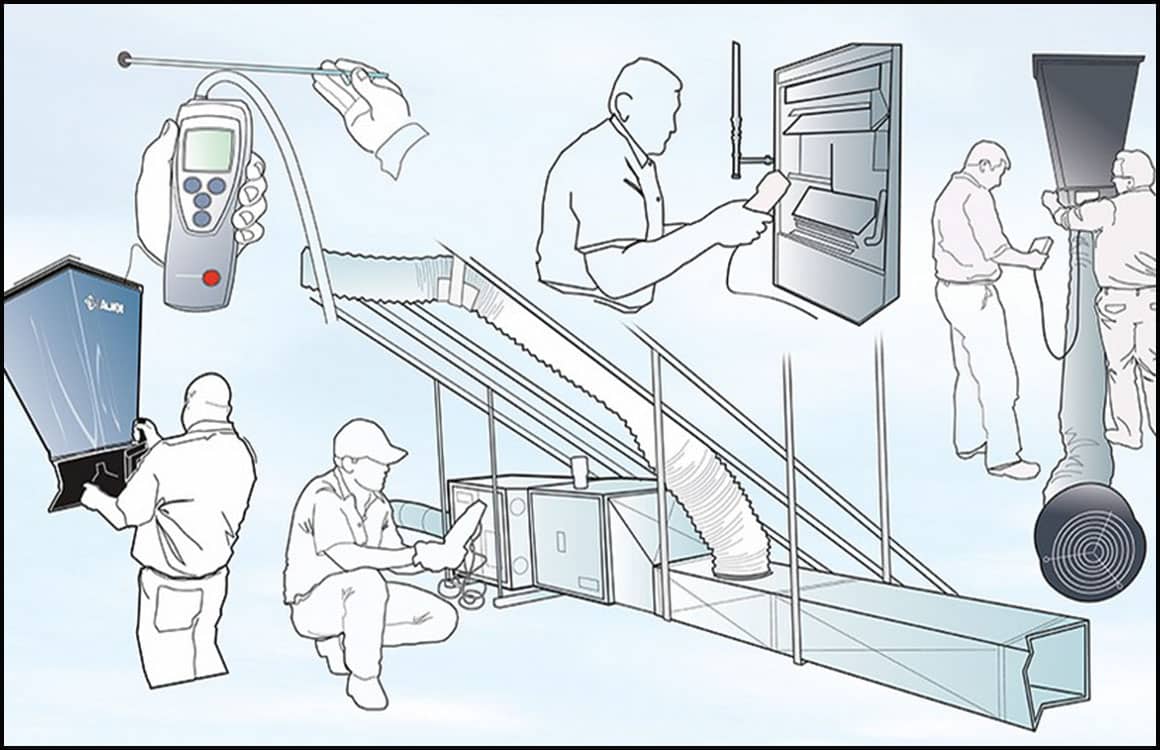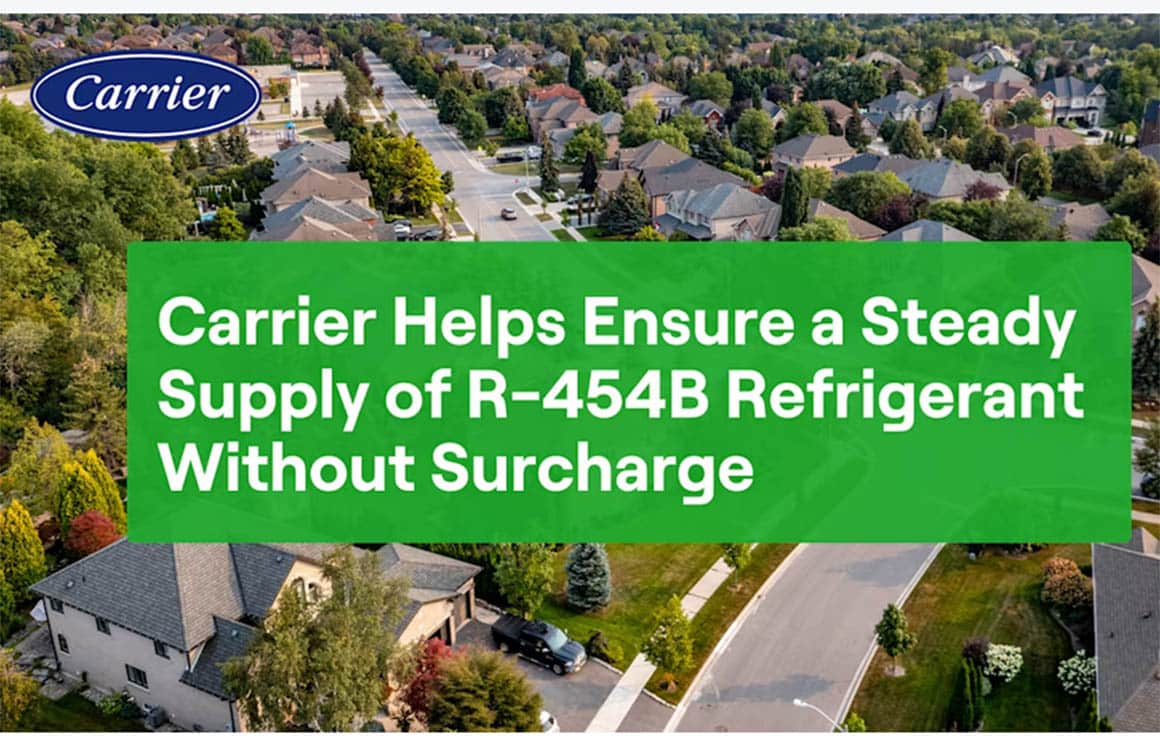 Now, if that phrase doesn’t ring a bell, let me break it down for you. It means it’s probably too late to stop something that’s already in motion. And in this case, I’m talking about the refrigerant transition that’s shaking up our industry right now.
Now, if that phrase doesn’t ring a bell, let me break it down for you. It means it’s probably too late to stop something that’s already in motion. And in this case, I’m talking about the refrigerant transition that’s shaking up our industry right now.
Here’s what’s going on:
1) Shortages of R-454B refrigerant (R32 is generally available) reportedly caused by increased demand and a shortage of A2L-rated cylinders.
2) A resulting increase in prices of R-454B.
In Florida, FRACCA (Florida Refrigeration and Air Conditioning Contractor Association) is doing its part. They’re urging members to reach out to their representatives and support two resolutions—H.J. Res. 38 in the House and S.J. Res. 14 in the Senate. These aim to roll back parts of the AIM Act and push the EPA to take a fresh look at the regulation process. Read the call to action HERE.
FRACCA President Paul Stehle has provided an update summarizing where the industry stands and bringing up some confusion with inspecting and permitting A2L equipment installs. You can read his guest editorial HERE.
Then there’s the recent joint message from Talbot Gee at HARDI and Stephen Yurek at AHRI. They put it pretty clearly: “What you’re witnessing in the field right now is not what we envisioned” when the AIM Act was signed by President Trump back in 2020. According to them, this refrigerant shortage can be addressed—but it’s going to take cooperation and patience, not rushed policy shifts. Definitely worth reading their full statement HERE.
Your voices have been heard. The Air Conditioning Contractors of America (ACCA) has responded to Florida contractors’ concerns and has elevated the ranking of their priority in communications with regulators in Washington.
Here’s the part that puzzles me. Why weren’t these concerns raised five years ago – or even earlier, when the transition plan was taking shape? It feels like the equipment and refrigerant manufacturers didn’t fully consider the real-world challenges that contractors would face when it came time to actually install the equipment. Why wasn’t production of A2L-certified cylinders ramped up to meet the demands? Isn’t it better to have too many than too few? Were local jurisdictions and municipality code enforcement agencies notified of the changes early on so they could evaluate and adjust their codes? Can this be addressed on a statewide level?
I think part of the answer is the history of setting regulatory deadlines, then delaying or extending them several times upon implementation has resulted in confusion and complacency among the parties impacted by the regulations.
As usual, it’s the HVACR contractors who end up holding the bag.
So, here’s my message to you: Don’t wait for the next crisis. Take a good look down the road. Think about where the industry’s heading in the next 5, 10, or 15 years—and start getting involved in the conversations that will shape your future.
Because while the horse may be out of the barn this time, it doesn’t have to be next time. Ask questions. Speak up early. Stay informed. That way, we’re not left wondering how we got here—again.
Stay sharp out there.
Update to Florida bill CS/HB 1461: Industries and Professional Activities:
Last Action: 5/3/2025 House – Indefinitely postponed and withdrawn from consideration.
Subscribe to the twice-monthly ACprosite eLetter to receive notices on important topics like this!
Warm regards,
Peter Montana, Director, ACprosite.com
pmontana@ACprosite.com
813.417.6792





